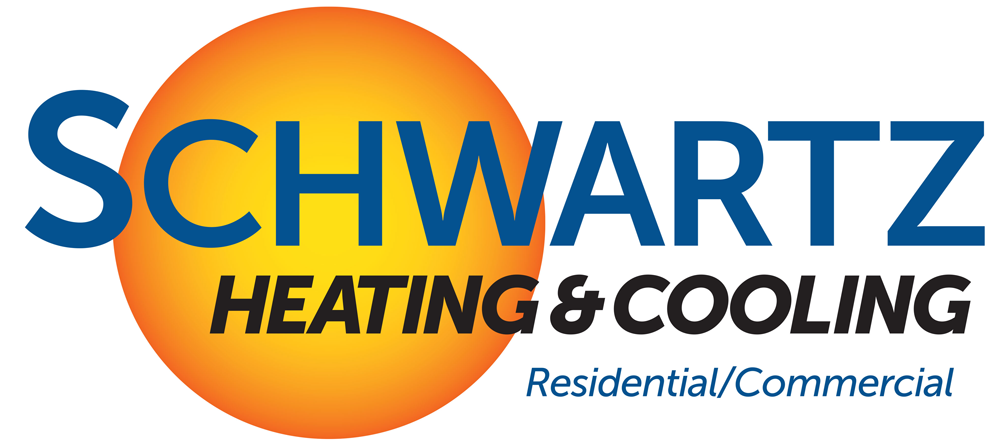Geothermal HVAC Systems: Efficient Solutions for Evansville, IN
Geothermal HVAC Systems: Efficient Solutions for Evansville, IN
Energy-efficient geothermal heat pump systems in Evansville, IN utilize earth's stable underground temperatures to provide consistent heating and cooling regardless of outdoor weather conditions year-round.
How Do Geothermal Systems Use Earth's Energy?
Geothermal systems circulate fluid through underground loops to exchange heat with the earth, which maintains consistent temperatures below the frost line.
The ground temperature remains relatively stable at around 50-60 degrees Fahrenheit throughout the year. This consistency allows geothermal systems to operate efficiently in both summer and winter.
Heat pumps extract warmth from the ground during winter and deposit excess heat underground during summer, creating an efficient heating and cooling cycle.
What Are the Performance Benefits in Indiana Weather?
Geothermal systems maintain consistent performance during Indiana's temperature extremes, unlike traditional air-source systems that struggle in very hot or cold conditions.
Air-source heat pumps lose efficiency when outdoor temperatures drop below freezing, but geothermal systems maintain steady performance. This reliability proves especially valuable during Indiana's harsh winter weather.
The systems also provide excellent dehumidification during humid summer months, improving indoor comfort levels significantly. Professional air conditioning services in Evansville can evaluate your current system's performance.
Which Properties Work Best for Geothermal Installation?
Properties with adequate yard space, suitable soil conditions, and long-term ownership plans typically achieve the best return on geothermal system investments.
Installation requires space for ground loops, either horizontal loops in larger yards or vertical loops in smaller spaces. Soil composition affects heat transfer efficiency and installation costs.
The higher upfront investment typically pays off over 5-10 years through reduced utility costs and system longevity.
